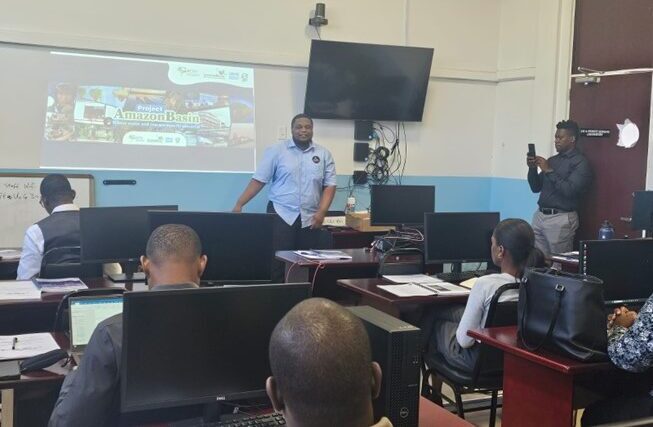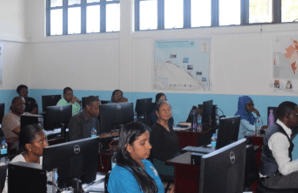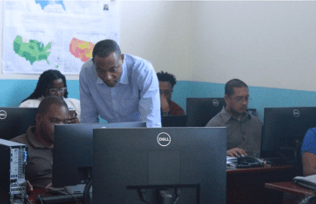An innovative Nature-Based Solutions (NBS) intervention was recently completed in two highly vulnerable communities in the Upper Takutu Region of Southern Guyana: Lethem, the central municipality of the region, and Tabatinga. The initiative, carried out in partnership with the University of Guyana and the Hydrometeorological Service of Guyana, has effectively contributed to mitigating the impacts of recurrent flooding, which severely affects local populations and causes social, economic, and environmental damage increasingly intensified by climate change.
Challenges faced by Lethem and Tabatinga
Both communities are located within the low-lying savannah plains, close to the Takutu River and other flood plains. Heavy rainfall and the absence of adequate drainage infrastructure make the region particularly susceptible to flooding during the rainy season. In recent events, such as the major floods of 2015, 2019 and 2021, hundreds of families have had their homes invaded by water, with loss of property, disruption of economic activities and risks to public health.
Lethem and Tabatinga are also economically dependent on climate-sensitive activities, such as small-scale agriculture and the collection of forest resources. Vulnerability is exacerbated by the financial instability of families, the high unemployment rate (with rates of up to 35.3% in Tabatinga) and the increasing occurance of naturally floodable areas.
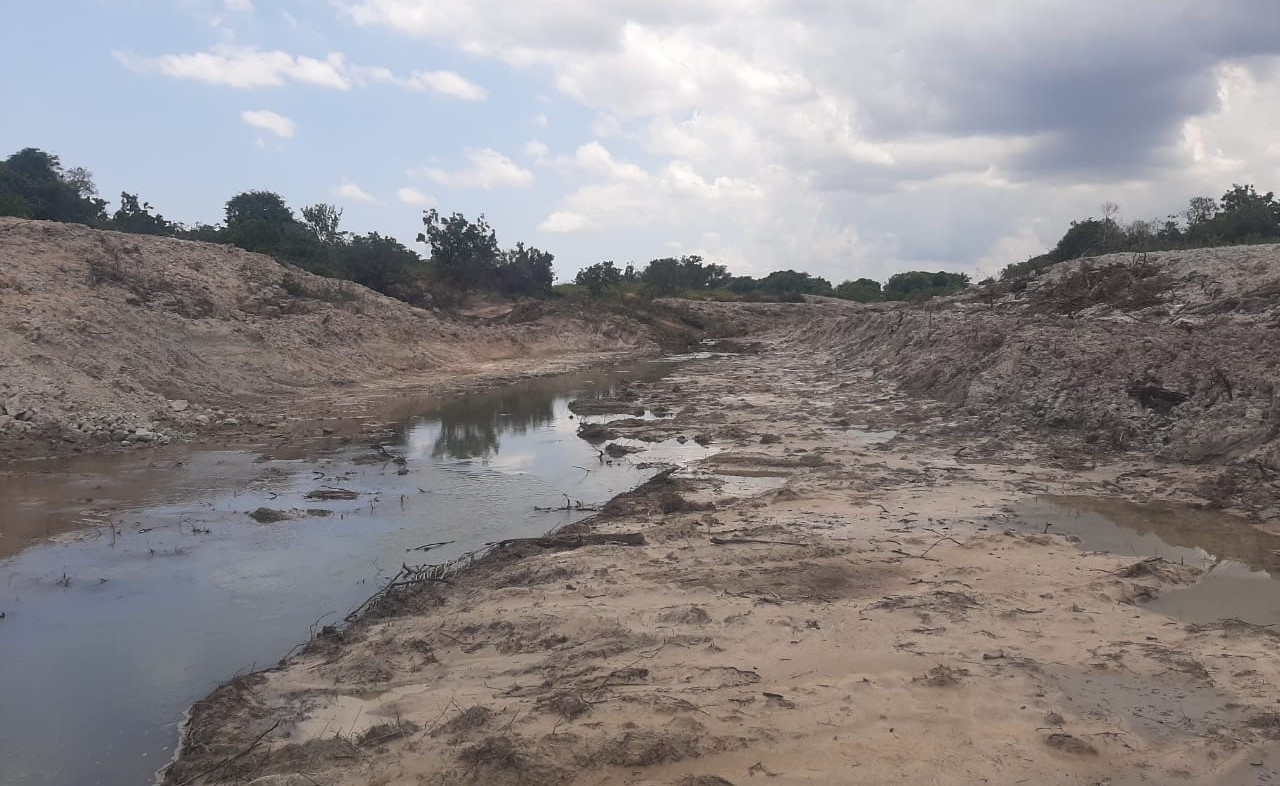
Flood conveyance solution benefiting Tabatinga
Solutions implemented
To respond to these challenges, two different Nature-Based Solutions were implemented:
- Tabatinga benefited from the implementation of Flood Conveyance Solutions (FCS), with the rehabilitation and expansion of the natural channels, desilting the creek, construction of slopes and conduits to channel the flow and restoration of natural vegetated buffers along the riverbanks.The aim was to redirect the flow of rainwater into the Tabatinga canal, preventing flooding in residential areas. The work was carried out with the technical and institutional support of the Lethem City Council.
- Lethem benefited from the implementation of Water Storage and Bio-retention Solutions (BRS) in the Culvert City neighborhood. The intervention included the construction of engineered depressions with layers of natural materials to temporarily retain rainwater, allowing it to be infiltrated into the ground or gradually released into the environment. The action had the direct involvement of the community and sought to integrate the structures into existing drainage and green spaces like seasonal wetlands and creeks, which also provide additional ecological and social benefits.
Rather than resorting to heavy infrastructure and sealing, the interventions are based on the functioning of ecosystems, respecting and imitating the natural dynamics of water and using natural materials to manage runoff.
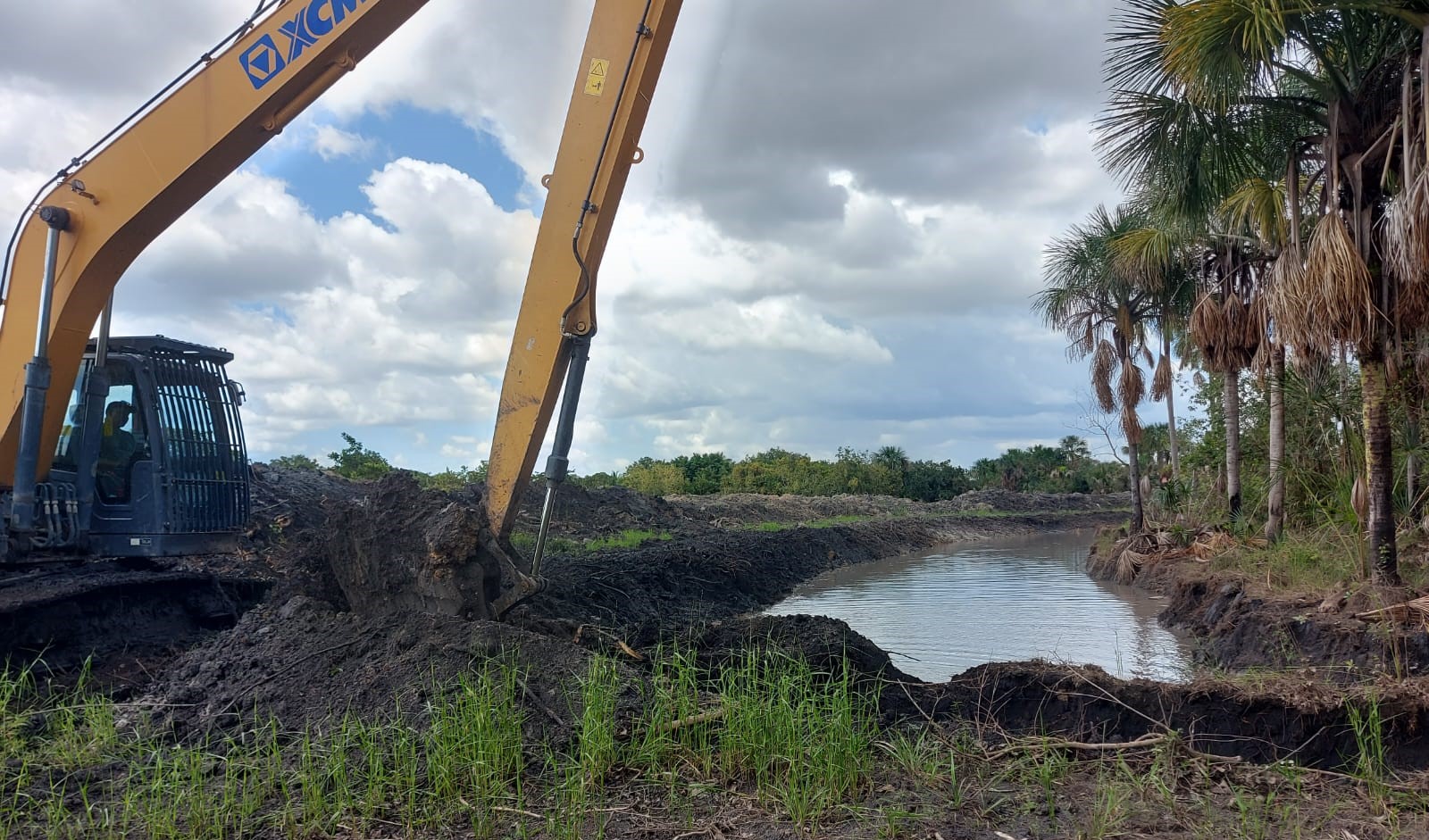
Water Storage and Bioretention Solution developed to benefit Lethem
Results and impacts
Residents reported a significant reduction in the duration and intensity of flooding, as well as improvements in urban mobility, a reduction in material losses and fewer interruptions to economic activities. These impacts perceived by the community were confirmed by hydrological modeling carried out after the works, which indicated a significant reduction in the flooded area in both locations, even in scenarios of intense rainfall.
The solutions also offer long-term advantages, such as improved groundwater recharge, sediment control, the enhancement of urban spaces and greater climate resilience for communities. This is as a result of the integration on nattural nature-based and ecological processes, rather than hard concrete infrastructure. They also require lower maintenance costs, and contribute to a smaller carbon footprint and greater adaptability to climate change.
Strengthening local capacities
As part of the intervention, a technical training on flood modeling and nature-based solutions was also held on January 8 and 9, 2025, at the University of Guyana. The training had 23 participants, including representatives from public agencies, universities and environmental organizations. With a gender balance (56% women), the course covered the application of relevant flood risk assessment software such as QGIS and HEC-RAS, which allowed for simulation of risk scenarios and determining the application of NBS interventions.
Participants highlighted the importance of practical training and suggested continuing with in-depth sessions and integration with areas such as urban planning and agriculture. Printed and digital materials were also delivered to the Lethem City Council, reinforcing the consolidation of technical knowledge and strengthening local institutional capacities.
- Training at the University of Guyana
Replicable model for the Amazon region
The Lethem and Tabatinga experience demonstrates that ecologically-based solutions, designed with scientific and data-driven support, and community participation, can offer effective, low-impact and long-lasting responses to climate challenges.
The intervention represents a milestone in Guyana’s climate planning and can serve as a reference for similar actions in other areas of the Amazon Basin, including border areas or areas of high socio-environmental vulnerability, simultaneously promoting environmental protection, water security and social justice.
Cover photo: Flood conveyance solution benefiting Tabatinga

